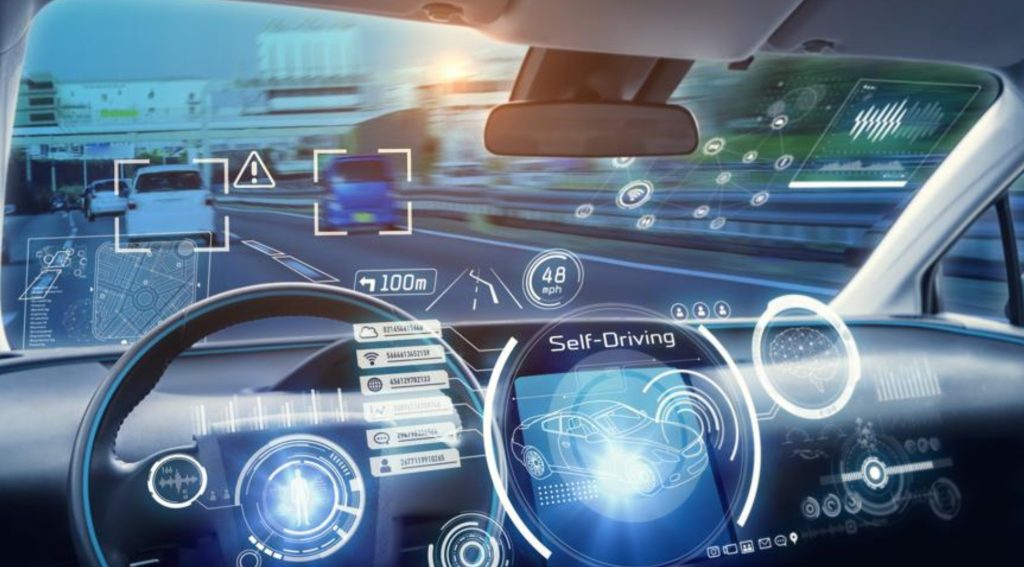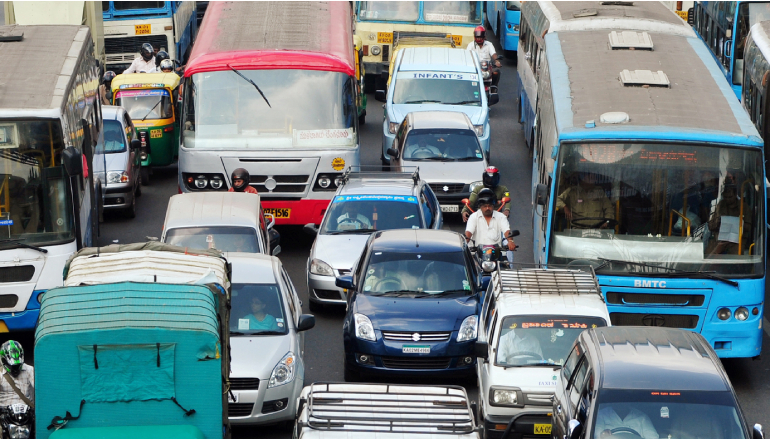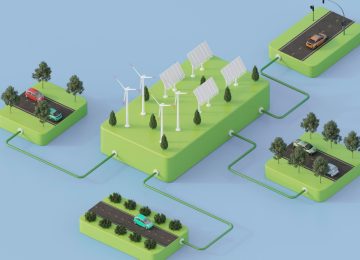The age of driverless cars and autonomous vehicles (AVs) has moved past the concept stage and is now a rapidly approaching reality, driving a seismic shift across urban life, technology, and economic models.
McKinsey & Company’s report, The future of self-driving cars: Safer, smarter, and everywhere, asserts that today’s early AV fleets are the harbinger of a future where commutes are productive, traffic is orchestrated, and roads are safer. The transformation hinges on successfully navigating three crucial areas: technology, public trust, and economics.
Economics: cost per mile plummets from $8 to $1:
Perhaps the most significant finding driving the potential for mass adoption is the radical collapse of operating costs. The report details that the cost per mile for AVs is projected to fall from more than $8 today to just over $1. This steep decline in expenses is expected to be the catalyst for the AV transition across commercial and consumer sectors.
The economic transformation is attributed to several factors:
Longer System Lifespan: Autonomous driving hardware and software systems are being engineered for significantly greater durability and longevity than traditional vehicle components.
Improved Operations: Fleet management efficiencies, higher vehicle utilization rates, and predictable, minimized maintenance needs contribute heavily to lowering running costs.
Reduced R&D Necessity: As the foundational autonomous technology matures and standardizes, the necessity for continuous, massive research and development investments per vehicle begins to stabilize.
The improved per-mile economics make driverless cars highly attractive for ridesharing services, commercial delivery fleets, and logistics networks, enabling them to move quickly from limited pilot programs to scalable market offerings.
Technological leap: AI replaces rule-based systems
The advancement of autonomous driving is fundamentally a story of software intelligence, evolving from rigid, rule-based systems to highly adaptable and responsive AI.
The report notes the growing sophistication of the underlying technology: “Autonomous driving is shifting from rigid, rule-based systems to more sophisticated AI systems that can learn and respond with human-like nuance, creating a driving experience that is smarter, more responsive, and all-around better.”
Furthermore, the integration of cutting-edge intelligence, such as generative AI, is poised to enhance the vehicle’s function and the passenger experience. McKinsey expert Martin Kellner noted this technological pivot:
“By embedding generative AI directly into AVs, automakers can deliver safer driving, smarter in-cabin experiences, and real-time personalization.”
Societal benefits: safer streets and greater accessibility
The promise of AVs extends far beyond mere convenience, impacting public safety and social equity. The transition to autonomous control promises to mitigate collisions caused by human error.
Waymo’s Chief Product Officer, Saswat Panigrahi, highlighted the dual social benefits of safety and inclusion already observed in their empirical data:
“The streets will be safer, as we are already seeing in our empirical data. Moreover, as more people choose these options, maybe portions of the city will become available. Today, we subsidize more parking than housing in some of our markets. Most importantly, in addition to safety, we’ll also be able to provide accessible transportation options to people who may not have those today.”
This accessibility dividend is critical, offering independence and reliable mobility to populations currently underserved by traditional transport options, such as the elderly or those with certain disabilities.
Urban transformation: reclaiming city spaces:
The widespread adoption of autonomous mobility is expected to fundamentally alter the design and organization of cities. AV integration has the potential to dramatically reduce the need for vast urban parking lots and ease chronic congestion, thereby opening up valuable land for other uses, such as housing or green spaces.
McKinsey Partner Ani Kelkar emphasizes the larger goal of this transition:
“The real promise of shared autonomy lies in reshaping urban mobility—not necessarily replacing the private car.”
This repositioning of mobility aims to integrate AVs alongside new transport modes, including shared shuttles and even advanced aerial mobility, optimizing the flow of people and goods throughout the urban environment.













